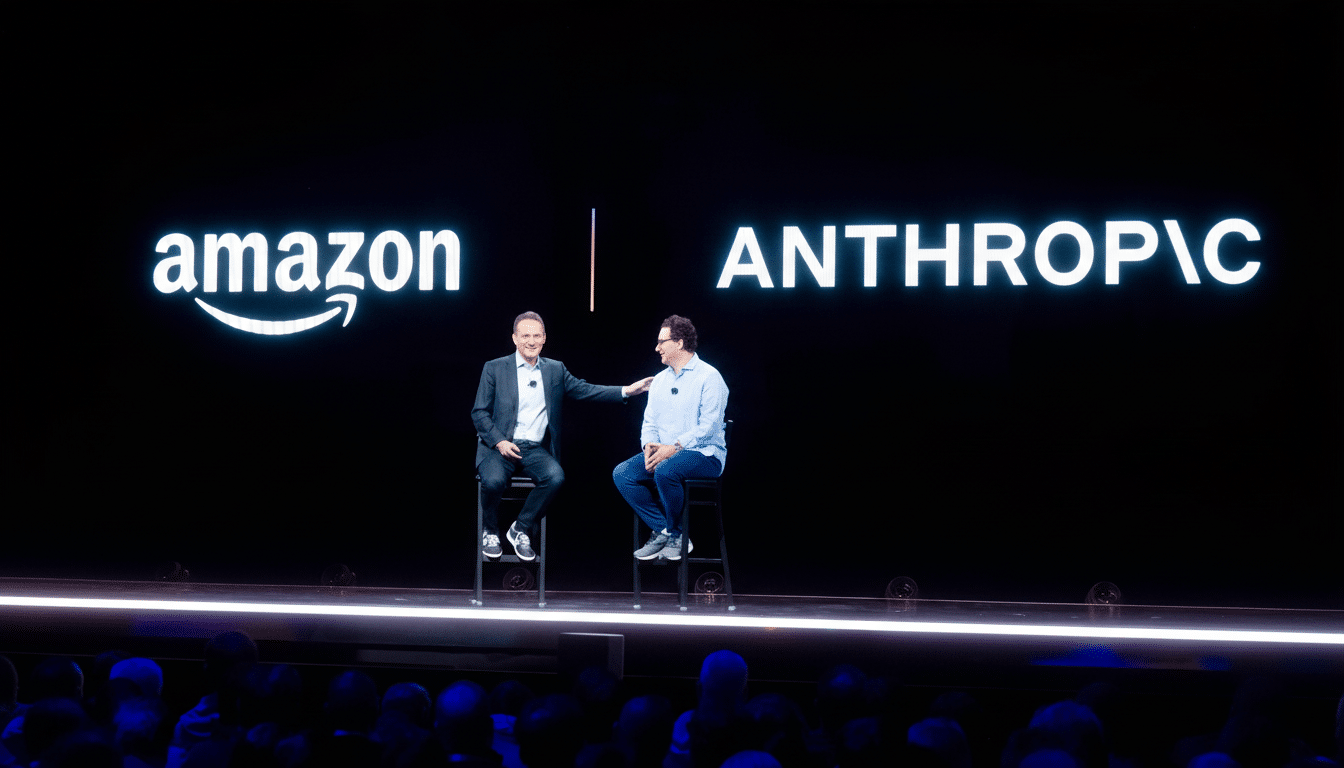Anthropic has raised a $13 billion Series F round at a $183 billion post-money valuation, a monster round that now values the AI lab among the most valuable private companies in its category. The company says the funds will allow for more rapid enterprise expansion, further safety research and new international markets growth.
Heavyweight Backers and a Signal to the Market
The round was co-led by Iconiq, Fidelity Management & Research Company and Lightspeed Venture Partners, and included participation from a who’s who of institutional investors, sovereign wealth funds and asset managers. Investors in the company include Altimeter, Baillie Gifford, BlackRock, Blackstone, Coatue, D1 Capital Partners, Insight Partners, Ontario Teachers’ Pension Plan and Qatar Investment Authority, among others.

For the late-stage investors, the bet is that Anthropic’s model performance and enterprise momentum can be turned into durable, high-margin platform revenue. Krishna Rao, the company’s finance chief, described demand as deepening across customer segments and characterized the round as an expression of faith in the company’s operational momentum, rather than a defensive cash grab.
The new valuation is a steep step-up from Anthropic’s last financing, when it raised $3.5 billion at a $61.5 billion post-money figure. Capital-intensive in the race to train and serve frontier models, such a leap indication backers may see a broadened pathway to scale.
Enterprise Momentum and Run-rate Growth
Anthropic said annual recurring revenue jumped from about $1 billion to $5 billion over the last year, fueled by API acceptance and bigger enterprise deployment. The company now has more than 300,000 business customers, and the amount of large accounts — those bringing in over $100,000 in run rate — has almost multiplied seven times.
Claude Code, on the developer side, became a breakout product. Anthropic tells us that the code-generation tool has surpassed $500 million in run-rate revenue, with usage increasing by more than 10x over the last three months. That’s part of a bigger pattern: Teams are taking genAI out of the lab and into daily workflows, particularly in coding, knowledge retrieval and customer operations.
Industry research explains the speed at which the change is taking place. McKinsey has projected that generative AI may contribute somewhere between $2.6 trillion and $4.4 trillion in annual economic value across the world, andthat software, financial services, health care and retail are among the sectors most exposed. (Anthropic’s inroads with bigger accounts sync with where decision makers find immediate productivity gains.)
Why This Much: Compute, Safety, Global Scale
Frontier AI is capital hungry. Massive clusters, state-of-the-art accelerators, custom networking, and energy-efficient data centers are needed to train and serve top-tier models. Groups of analysts, such as those at Epoch AI, have predicted that state-of-the-art training runs will be running in the billions of dollars by the middle of the decade, while inference at scale costs are driving additional optimization on both the software and the hardware side.

Anthropic is also focused on the safety and reliability aspects as the differntiating factors. Anticipate ongoing funding in red-teaming, interpretability, evaluation benchmarks, and alignment research—topics acknowledged by frameworks like the NIST AI Risk Management Framework and emphasized at international safety symposia. For global expansion, compliance with regimes such as the EU’s AI Act and sectoral rules in financial services and healthcare will be a condition for doing large enterprise deals.
The funding also gives us leeway to hire where talent is hard to find, invest in increased support for enterprise features (auditability, data residency, observability), and grow our relationships with cloud providers and systems integrators that help customers operationalize AI.
Competition, Governance and Investor Scrutiny
The raise comes at a time of intense competition among the ranks of OpenAI and other model providers, as well as with specialized developer tools like Cursor in code-assist. And while models converge on headline benchmarks, the voice at the end of the enterprise funnel is prioritizing latency, uptime, cost per token, customizability, and privacy guarantees — areas where execution outpaces the hype.
So is governance.
In recent days, CEO Dario Amodei conceded to Wired that OpenAI has felt some queasiness about taking money from some sovereign wealth funds but said that declining backing is not generally in line with the realities of funding compute-intensive AI work. That tension — between the need to reconcile ethical priorities with industrial-scale capital demands — is likely to provide talking points for both regulators and customers.
Investors, meanwhile, will track margin expansion as Anthropic fine-tunes inference and negotiates better unit economics on infrastructure while commanding fatter enterprise contracts.Generate.ai PATH, Montreal, Canada Background: Deep learning continues to evolve, with models becoming larger, more complex, and more expensive to train. How well the company can turn developer excitement into long-term platform lock-in will be an important figure to watch.
What to Watch Next
Key milestones include new model introduction milestones, enterprise-grade assurances for safety and compliance, movement into priority markets outside the U.S., and targeted reductions in total cost of ownership of customers.
With new funds and momentum, Anthropic is gearing up to lead in the next phase of the AI platform race—on performance and policy.

